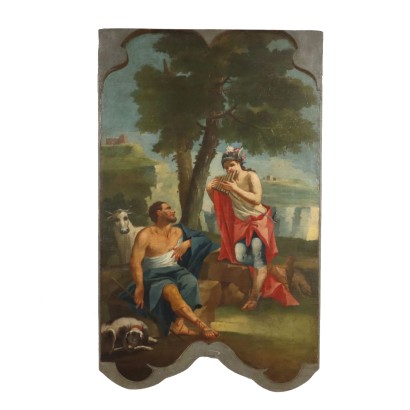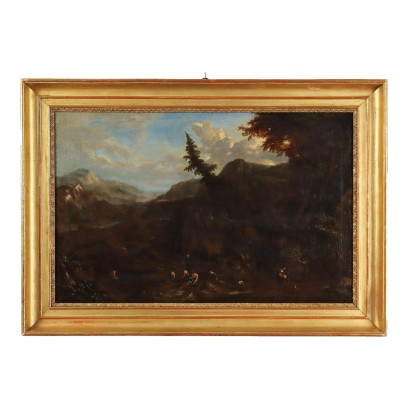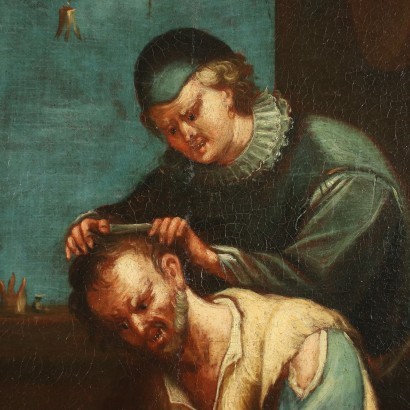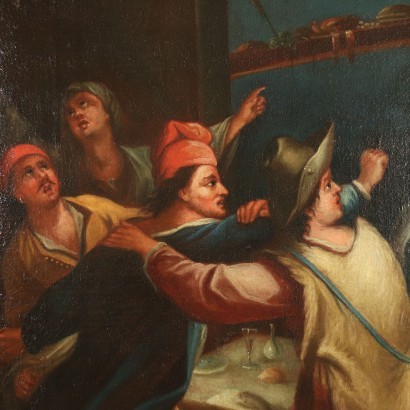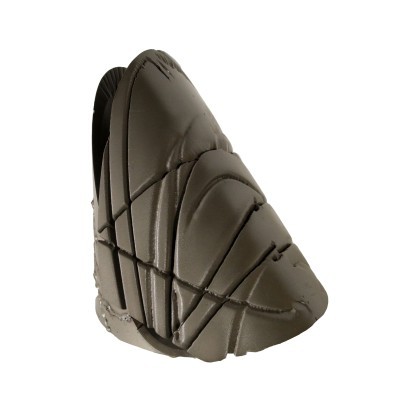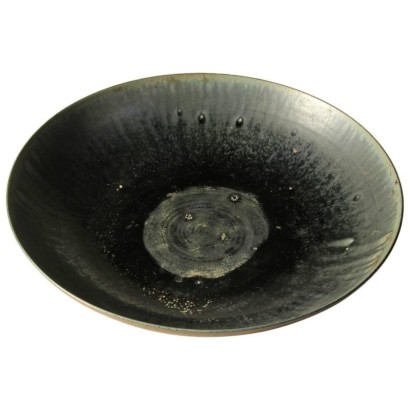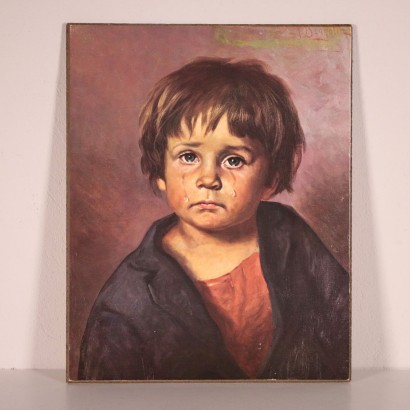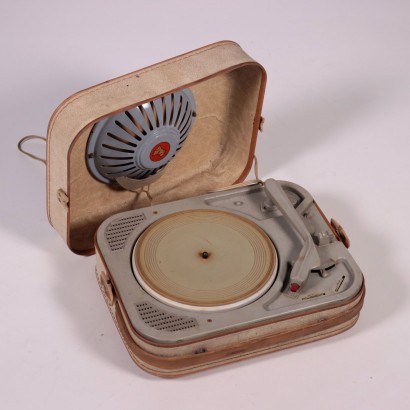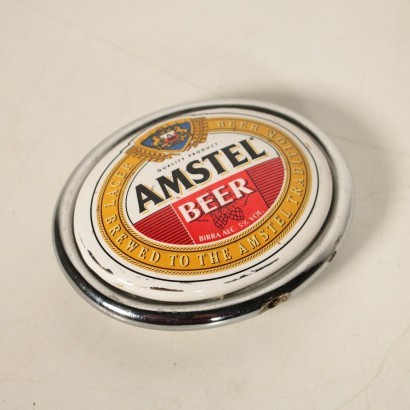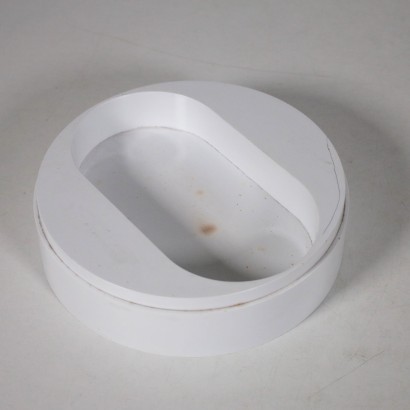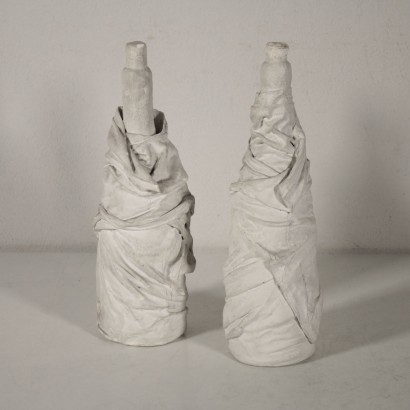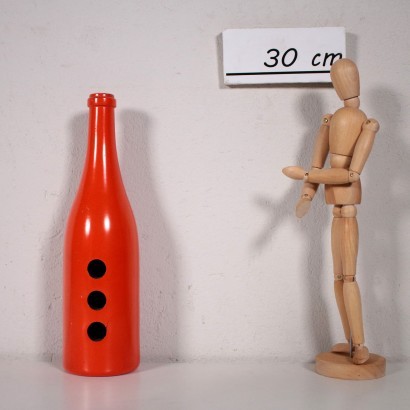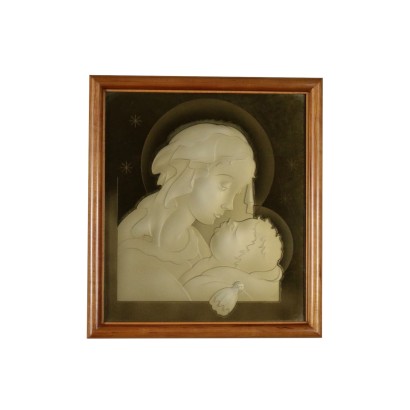Mercury and Argus Oil on Wooden Table Italy XVIII Century
Features
Artwork title: Mercurio e Argo
Artistic school: North Italy School
Age: 18th Century / 1701 - 1800
Subject: Allegorical/Mythological Subject
Origin: Italy
Artistic technique: Painting
Technical specification: Oil on Board
Description : Mercurio e Argo
Oil on the table. Northern Italian (Venetian?) School of the 18th century. The shape of the table suggests that the painting was part of a furnishing set, inserted in a composite wall structure together with other mythological-allegorical scenes. The painting represents a mythological episode narrated in Ovid's Metamorphoses: Mercury prepares to put Argus to sleep with the persuasive melodies of his flute, and then kills him at the command of Jupiter. Argos, the shepherd with a hundred eyes and endowed with great strength, had been commissioned by Juno to watch over the young Io, loved by Jupiter and transformed by him into a heifer. In this representation, placed within a bucolic landscape, Mercury can be identified with his hat and winged shoes, while playing his flute, and Argus sitting watching the white heifer behind him: as in many representations of this myth, also in works of great fame, Argo is depicted as a simple shepherd, without a hundred eyes and without special gifts. The bucolic rather than dramatic dimension underlines the decorative intent of the panel, which seeks to evoke lightness rather than pathos. The work is in good condition.
Product Condition:
Product in good condition, with small signs of wear.
Artwork dimensions (cm):
Height: 155
Width: 96
Depth: 4



